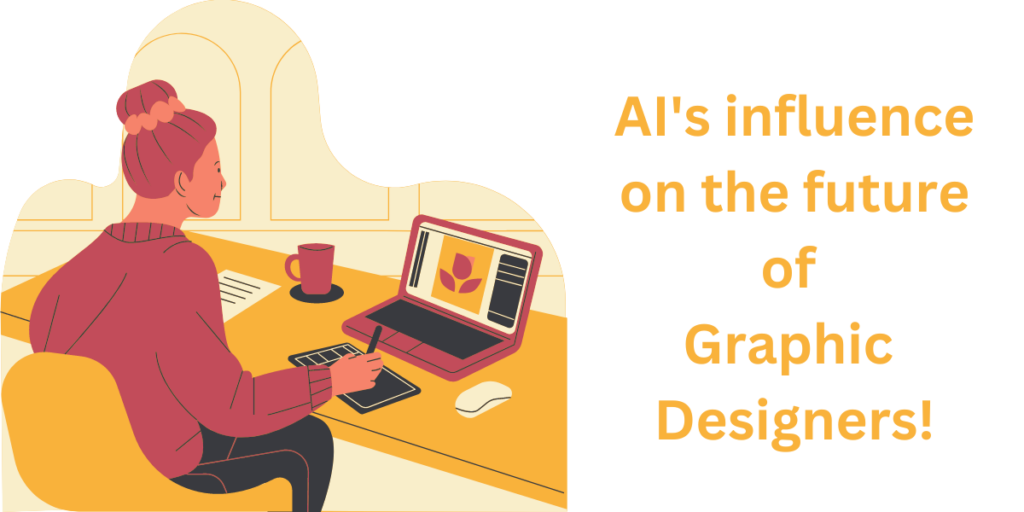
AI’s influence
The graphic design industry as we know it is quickly changing due to artificial intelligence. AI algorithms have the ability to automate routine chores, promote original thought, and enhance design workflows. It has spread across many industries, and the design community is no exception. Designers and developers are frequently discussing the potential effects of AI and machine learning and potential changes to jobs. Many creatives think this is only the beginning of the end for designers and that if you are sluggish to adopt new technology, you will fall behind. Therefore, AI is expected to play an increasingly larger role in graphic design in the future. Revolutionising both the field and the process of making designs. Thus, this article will teach you all you need to know about artificial intelligence (AI) and its influence on the future of Graphic Designers.
What is Graphic Designing?
Graphic design is a skill in which experts produce visual content to convey messages. Designers utilise typography and images to fulfil users’ demands and focus on the logic of displaying elements in interactive designs to optimise the user experience by employing visual hierarchy and page layout approaches.
Moreover, companies can use it to market and sell items through advertising, websites can use it to deliver complicated information in a digestible way through infographics, and corporations can use it to build an identity through branding, among other things.
Dave Ver Meer, Founder of NamePepper, claimed that Graphic design is going through an automation revolution thanks to two major advances in AI: text-to-image generators and specialized features. With text-to-image generators, you can instantly turn your words into visuals and explore different concepts and styles without wasting time or effort.
How AI impacts Graphic Designs?
AI’s impact on different sectors, including graphic design, has been significant. It has revolutionized the way designers work and has opened up new possibilities for automation and creativity. In the context of graphic design, AI technologies have contributed to streamlining and automating several processes, enhancing efficiency, and improving overall design quality” says Abhishek Shah Founder of Testlify. So, As AI continues to evolve, it is poised to shape graphic designs in unprecedented ways. Following are the ways in which AI impacts Graphic Designs. Check it out:
Automating Repetitive Tasks:
Automation is one of AI’s most important ways to change the graphic design sector. AI-powered tools can now efficiently handle basic and repetitive operations like image resizing, cropping, and formatting. The time saved by this automation enables designers to concentrate on more imaginative and strategic aspects of their work.
Improving Creativity:
Contrary to widespread fears that AI would replace human creativity, it is enhancing and growing graphic artists’ creative powers. Based on predetermined criteria, AI algorithms can produce design ideas, compositions, and even whole layouts.
Legal and Ethical Considerations:
Ethical and legal problems grow increasingly important when AI is integrated more deeply into the graphic design process. Designers must be aware of the potential biases and constraints of AI algorithms to ensure that their work adheres to moral principles and doesn’t reinforce negative preconceptions.
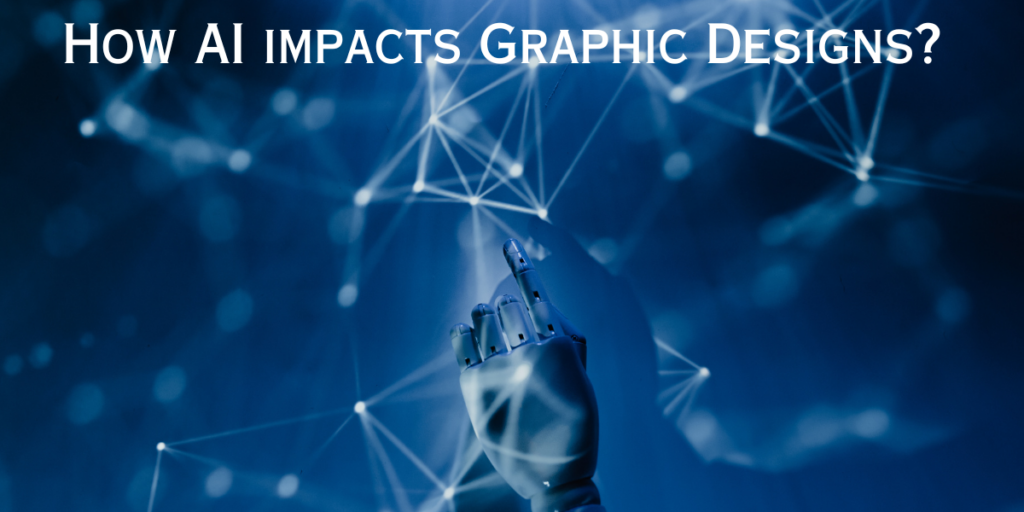
AI’s Influence on the Future of Graphic Designers!
In the upcoming years, AI’s influence on the graphic design sector will only grow. Designers will have access to more potent tools and capacities as AI technology advances. Staying ahead of the curve and embracing AI in a way that enables them to produce better designs and provide more value to their clients will be the challenge for designers.
Artificial intelligence technology can automate numerous repetitive graphic design processes. AI systems, for instance, can produce designs based on a set of criteria, freeing designers to concentrate on the more imaginative aspects of their work. “Artificial Intelligence is streamlining away the more laborious parts of the design process,” says Alok Jain, CEO of Reveal.
Conclusion
It seems obvious that AI will have an impact on how graphic designers work in the future. AI is changing the graphic design scene by automating monotonous operations, assisting with design, enhancing creativity, enabling enhanced personalisation, and resolving ethical and legal issues. Instead of replacing human designers, AI is a potent tool that enhances their skills and expands the possibilities for creativity and innovation.
Therefore, adopting AI’s influence will become increasingly essential for designers to stay up-to-date, effective, and in front of the curve in the dynamic and always-changing world of visual communication as technology develops.
Does all this sound exciting? If AI Image Generating Tools are your thing, or even you’re just casually experimenting, you should start with the best. Let me introduce you to Airbrush, the newest cutting edge AI Image processing tool in the market! This tool allows you to quickly and easily transform your photos into stunning works of art, with just a few clicks. So why wait? Signup Airbrush today and experience the power of AI for yourself!



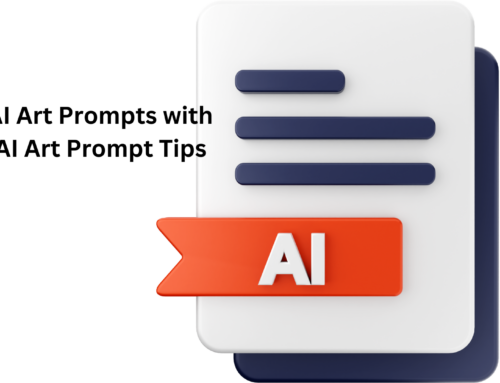
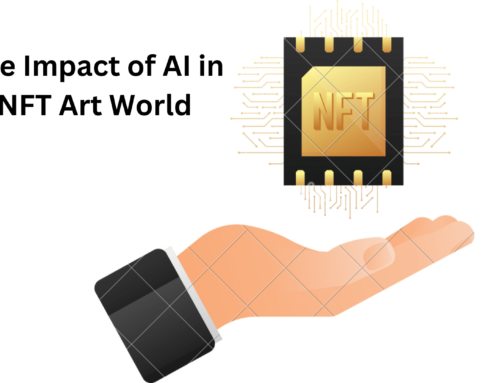
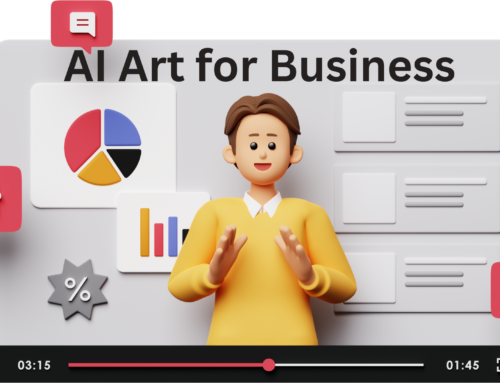


Leave A Comment